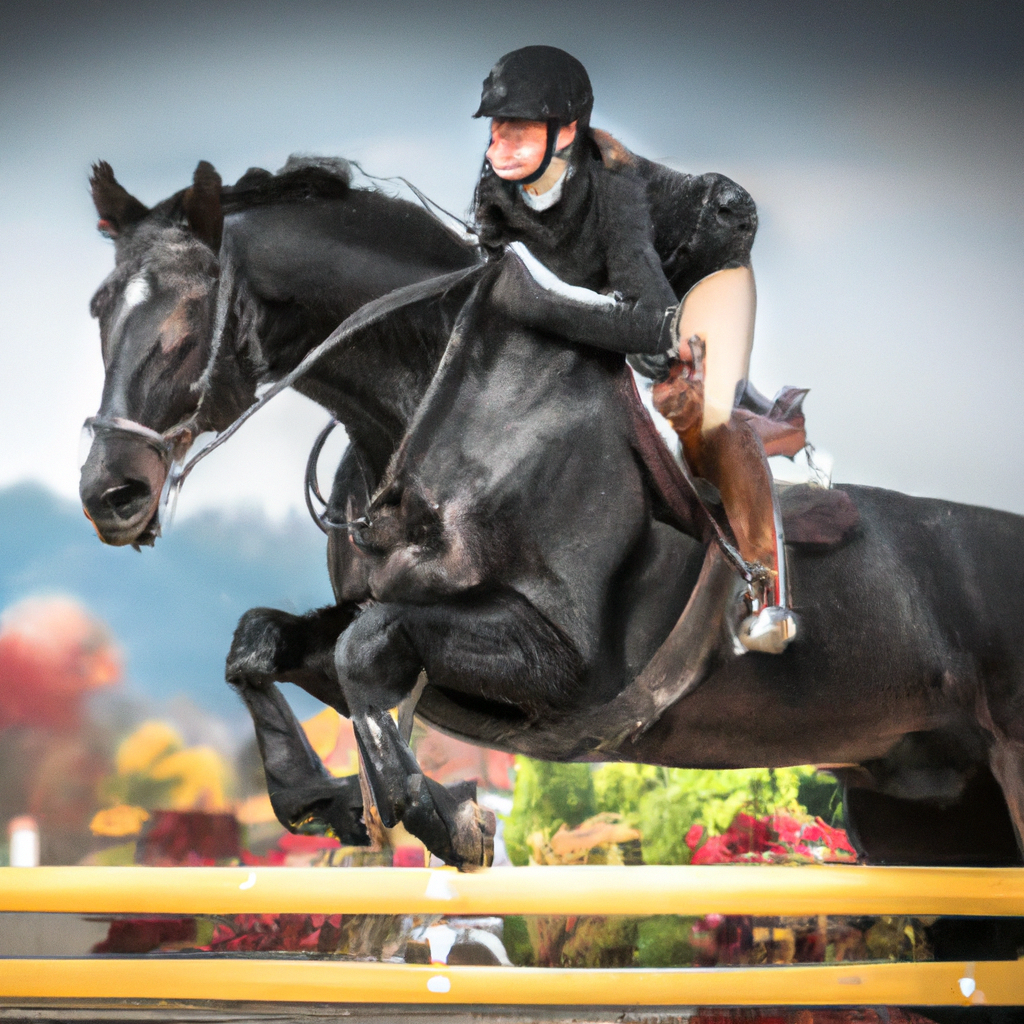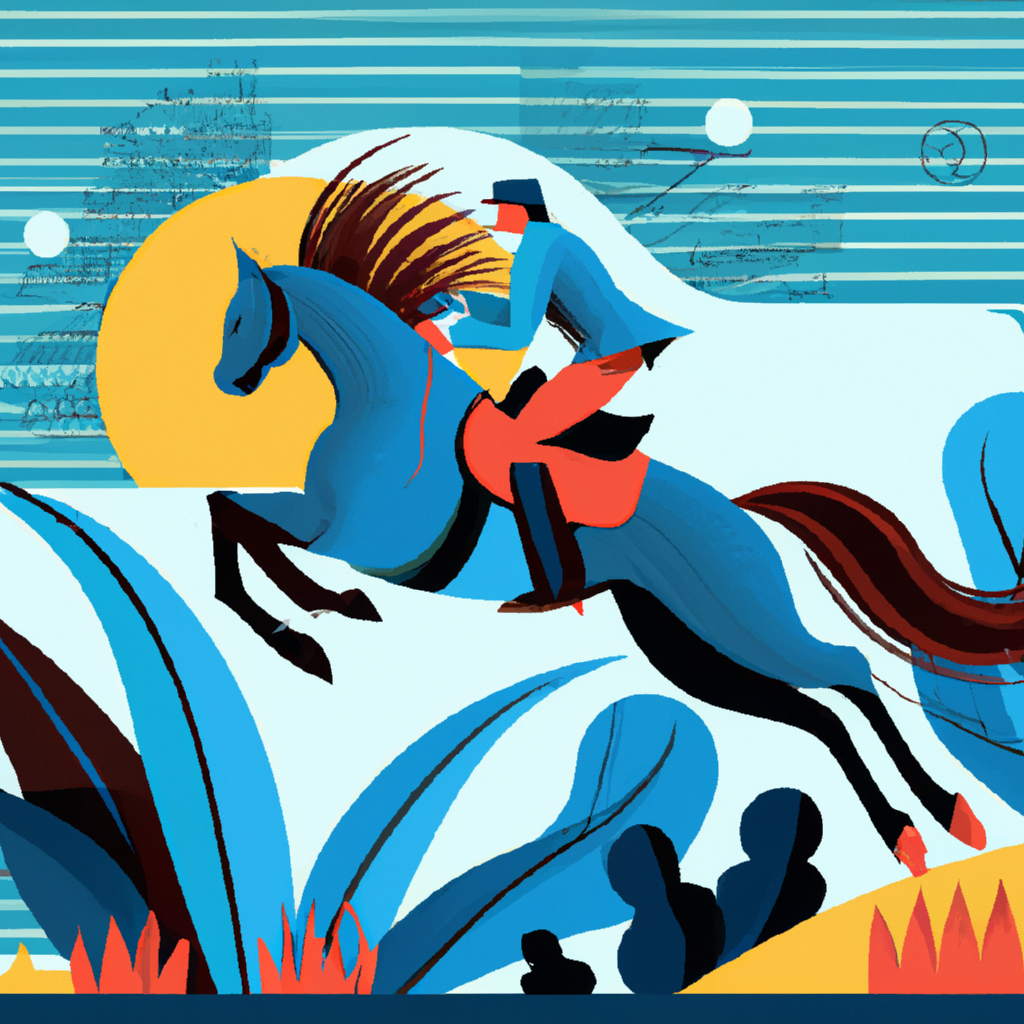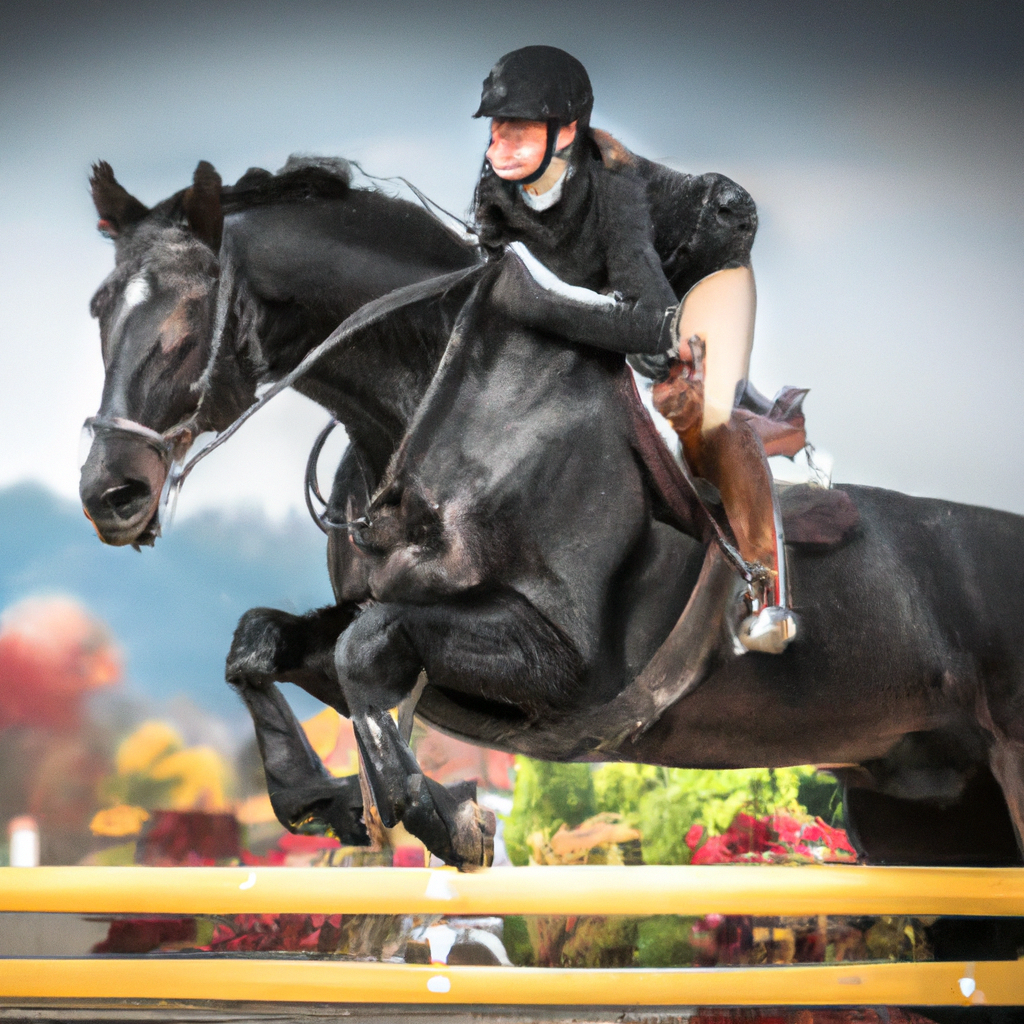Looking to explore the world of professional horseback riding? Look no further! This article is here to give you a sneak peek into the thrilling and captivating sport that is horseback riding. Whether you are a beginner or a seasoned rider, we have got you covered. From learning about the different riding disciplines to understanding the equipment and techniques, this article will provide you with all the essential information you need to navigate the world of professional horseback riding. So, saddle up and get ready for an exhilarating ride!
The Basics of Professional Horseback Riding
If you’re interested in pursuing a career in professional horseback riding, there are several key aspects to consider. From different types of competitions to the necessary skills and techniques, understanding horse behavior and communication, as well as managing the health and well-being of your horse, there is a lot to learn and prepare for. Additionally, you’ll need to choose the right equipment, maintain a riding stable, focus on your own fitness and conditioning, prioritize safety, work with coaches and trainers, understand the business side of the sport, and look ahead to the future of professional horseback riding. Let’s delve into each of these areas.
Different Types of Professional Horseback Riding Competitions
Professional horseback riding encompasses a wide range of disciplines and competitions. Whether you’re interested in dressage, show jumping, eventing, reining, or endurance riding, each discipline requires specific skills and has its own set of rules and regulations. Dressage involves precise movements and communication between horse and rider, while show jumping focuses on navigating obstacles cleanly and efficiently. Eventing combines dressage with cross-country jumping and show jumping, testing both horse and rider’s versatility. Reining showcases the agility and athleticism of horses, while endurance riding tests stamina over long distances.
Skills and Techniques Needed for Professional Horseback Riding
Becoming a successful professional rider requires a combination of physical and mental skills. You must have excellent balance and coordination, as well as the ability to communicate with your horse effectively. Developing an independent seat, where you can move with your horse while maintaining a stable position, is crucial. Proper position and posture can impact your horse’s movement and overall performance. Furthermore, a solid understanding of the aids and techniques specific to your chosen discipline is essential.

Common Horse Breeds Used in Professional Riding
Different horse breeds excel in various riding disciplines. Thoroughbreds are widely used in horse racing and eventing due to their speed and agility. Warmbloods, such as the Hanoverian and Dutch Warmblood, are commonly seen in dressage and show jumping due to their athleticism and trainable nature. Quarter Horses are versatile and excel in western riding disciplines such as reining and cutting. Arabians are known for their endurance and are often used in endurance riding competitions. It’s important to select a horse breed that suits your chosen discipline and aligns with your goals and preferences.
Training and Preparation for Professional Horseback Riding
Training and preparation play a vital role in achieving success as a professional rider. This includes both training yourself and your horse. Developing a consistent training routine, under the guidance of an experienced coach or trainer, will help you build strength, improve your riding skills, and develop a competitive edge. It’s crucial to focus on conditioning your horse, gradually increasing their fitness level and ensuring they are in optimal health. Additionally, mental and emotional preparation, such as developing resilience and managing competition nerves, can contribute to your overall performance.

Choosing the Right Equipment for Professional Horseback Riding
When it comes to professional horseback riding, having the right equipment is essential for both you and your horse’s safety and comfort. Here are the key equipment elements you should consider:
Types of Saddles for Different Disciplines
Different riding disciplines require specific types of saddles to provide the necessary support and balance for the rider and horse. Dressage saddles have a deep seat and long, straight flaps to facilitate proper leg position and communication. Jumping saddles have a forward flap design to allow for shorter stirrups and enable the rider to take a secure jumping position. Western saddles are designed for western riding disciplines, with a larger seat and horn for added stability. Each discipline may have variations within these categories, so it’s important to choose a saddle that fits both you and your horse comfortably.
Bridles and Bits for Professional Horseback Riding
The bridle and bit are essential pieces of equipment for communication between the rider and horse. Different bits have varying effects and levels of severity, and it’s important to choose the appropriate bit for your horse’s needs and comfort. Snaffle bits are commonly used for dressage and show jumping, providing direct communication and minimal leverage on the horse’s mouth. Western disciplines often use curb bits, which have shanks and provide additional leverage. Bridles come in various styles and designs, such as the snaffle bridle, double bridle, and western bridle, each serving different purposes based on the discipline.
Protective Gear and Clothing for Riders
Safety should always be a top priority when engaging in professional horseback riding. Wearing a properly fitted and certified helmet is crucial to protect against head injuries. Additionally, a body protector or vest can provide added protection for the torso and spine during jumps or in the event of a fall. Proper riding boots with a heel are essential for maintaining a secure foothold in the stirrups. It’s also important to wear appropriate clothing, such as comfortable breeches or jodhpurs, a riding shirt or jacket, and gloves for added grip. Lastly, consider wearing a medical armband or carrying a cellphone with emergency contacts in case of an accident.
Understanding Horse Behavior and Communication
Developing a strong understanding of horse behavior and communication is essential for building a successful partnership with your horse. Here are key aspects to consider:
Reading Horse Body Language
Horses communicate with their body language, and being able to interpret their signals is crucial for effective communication. Understanding their facial expressions, ear positions, tail movements, and overall posture can provide insights into their mood, comfort, and level of alertness. For example, pinned-back ears and swishing tails may indicate discomfort or irritation, while relaxed ears and soft eyes show contentment. By paying attention to these cues, you can adjust your own behavior and communication to better connect with and understand your horse.
Establishing a Connection with Horses
Building a strong connection and trust with your horse is vital in professional horseback riding. Spend time bonding and developing a relationship through grooming, lunging, groundwork, and simply spending quality time together. Consistency, patience, and positive reinforcement training methods can help foster mutual respect and understanding. Creating a safe and nurturing environment for your horse will encourage them to trust and cooperate with you, leading to a more successful partnership in the ring.
Using Vocal and Physical Cues during Riding
In addition to body language, vocal and physical cues play a crucial role in communicating with your horse while riding. Voice commands, such as clucking to encourage forward movement or using specific verbal cues for lateral movements, can reinforce your aids and help your horse understand your intentions. Additionally, the use of rein, leg, and seat aids, applied with proper timing and intensity, can convey specific commands and requests to your horse. Clear, consistent, and subtle cues will facilitate better communication and improve your overall performance as a professional rider.
Stay tuned for more comprehensive information on horseback riding by following the next set of headings and subheadings.
